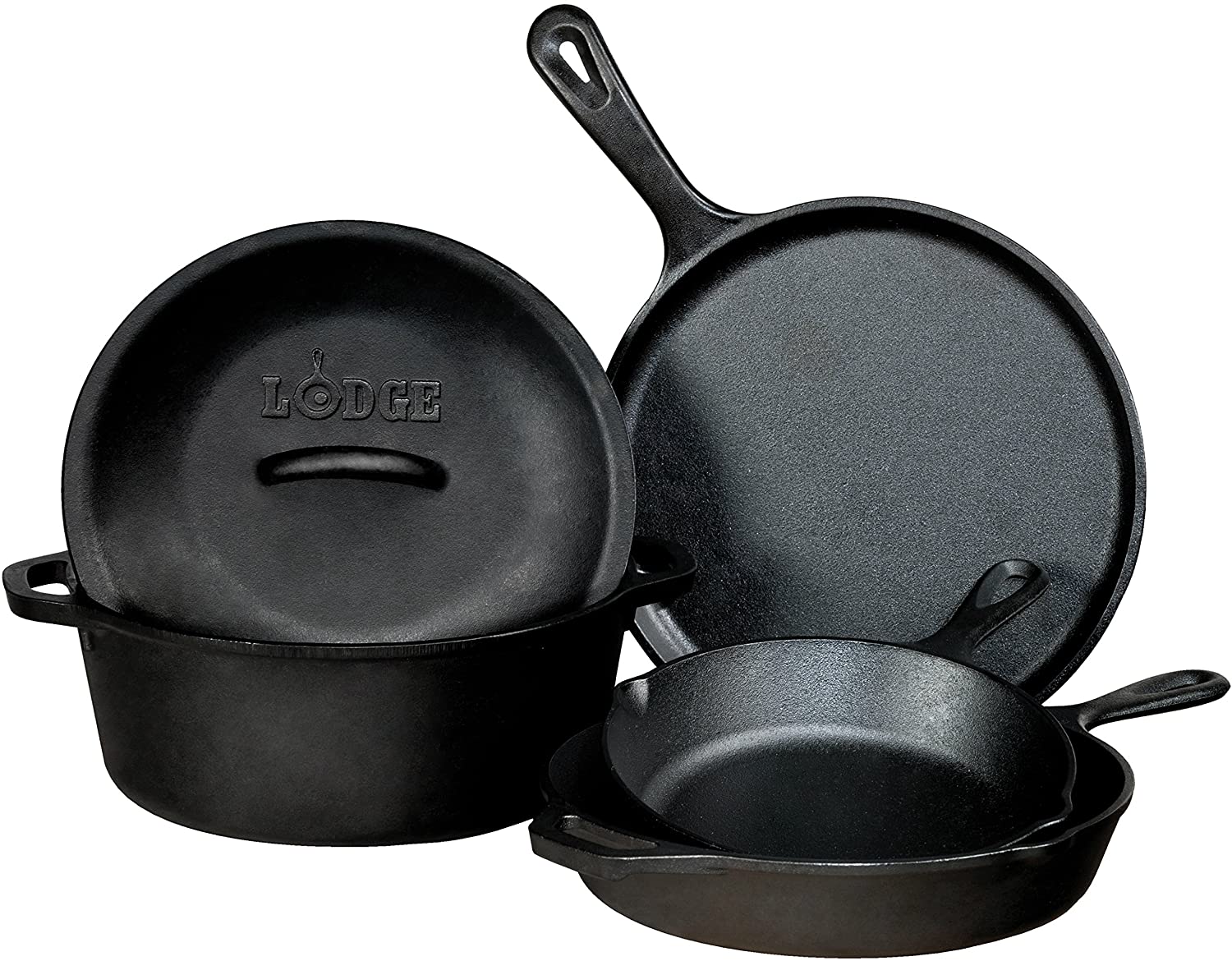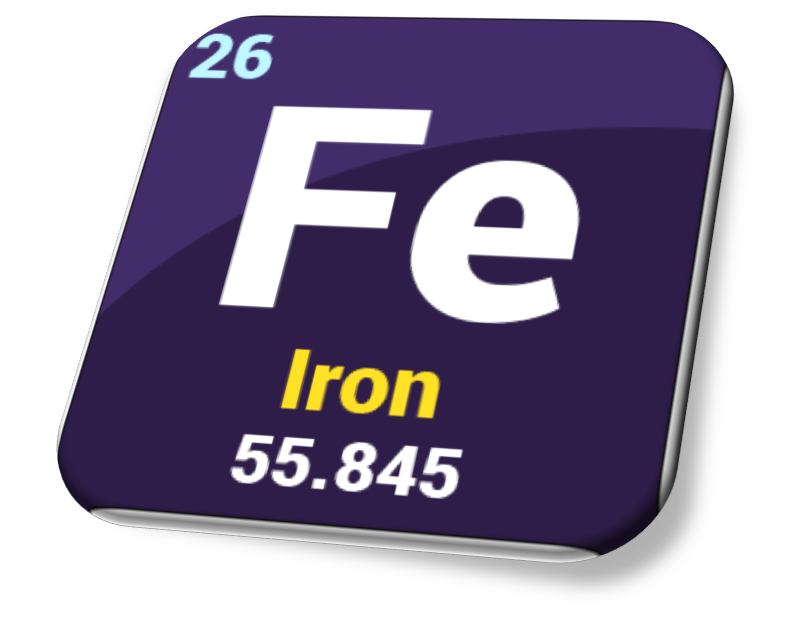Cast Iron Cookware

Whenever I use my cast iron cookware, I feel a sense of nostalgia knowing that its origin dates extraordinarily far back in history and is still being used in many modern kitchens today. It is nearly indestructible and if properly cared for can last several generations – maybe longer. Families often hand down antique cast iron cookware and I like to think that my great, great grandchild might pass on my cast iron set to her grandchild.
Though not the first evidenced material used to cook food, which seems to have been clay-based earthenware, it was definitely among the most durable and inexpensive to make. Cast iron dates back to the 5th century BCE in China but it wasn’t until the 15th century that the first used cast iron cookware was recorded in Europe. As the casting technique spread throughout the world, unique cast iron items were developed in different regions. Europeans brought the first used cast iron cauldrons to America, which were hung on a hearth over an open flame.

Once popularized, cast iron was used to create all types of kitchen items, from common pots, pans, Dutch ovens and cooking utensils to cast iron stoves and more. Cast iron provides unmatched heat retention and even-heating. It is so durable and versatile, whether you need to grill, sauté, broil, roast, fry or bake, cast iron can be used in the oven, on the stovetop, on the grill or over a campfire.
Environmentally speaking, cast iron is one of the most natural cookware available and can easily be recycled. It is made of approximately 98% iron and a 2% carbon. Iron, being a soft metal on its own, becomes extremely hard and durable when carbon is added. Cast iron is natural – not synthetic. The process to make cast iron cookware requires no chemicals, dyes or plastics. Properly seasoned cast iron has a natural non-stick surface and is considered safer than most modern cookware.

Cooking with cast iron can support your health. Needed for the transportation of oxygen throughout our body, iron is an essential component of our immune system. Our bodies cannot manufacture iron so we must get this precious mineral through our food. Knowing cast iron is a safer alternative to the modern cookware that leaches chemicals, you might enjoy learning how cooking with cast iron can boost your iron intake.
To properly care for cast iron, which does tend to rust easily, it is important to clean without removing the “seasoning” and then dry thoroughly before storing. Use water and a small amount of dish detergent to scrub and then rinse well. Place the pan back onto the stovetop to heat dry. If needed, rub a very thin layer of oil over the inner surface – either grapeseed or coconut works just fine – and heat a bit longer on the stove. It’s this seasoning that creates the non-stick surface and doing this will help to maintain it. If you find that you need to completely re-season your cookware, simply coat the inner and outer surface well with a proper cooking oil and place the pan in a fairly warm oven for at least an hour. Let cool. The unsaturated fats will bond to the pan forming a seasoning or coating which blackens and hardens with use.
The folks at Lodge manufacturing*, have been making cast iron cookware since 1896. They know a thing or two and have a considerable selection of cookware and kitchen gadgets. They are competitively priced and among the very best on the market. A set like their 5-Piece Cast Iron 5-Piece featured in the photo above includes everything you need in quality cookware and if properly cared for should last several decades – making the value of a set like this priceless.
By Dasha Ross, Certified Integrative Health Coach
*Not sponsored by Lodge Manufacturing